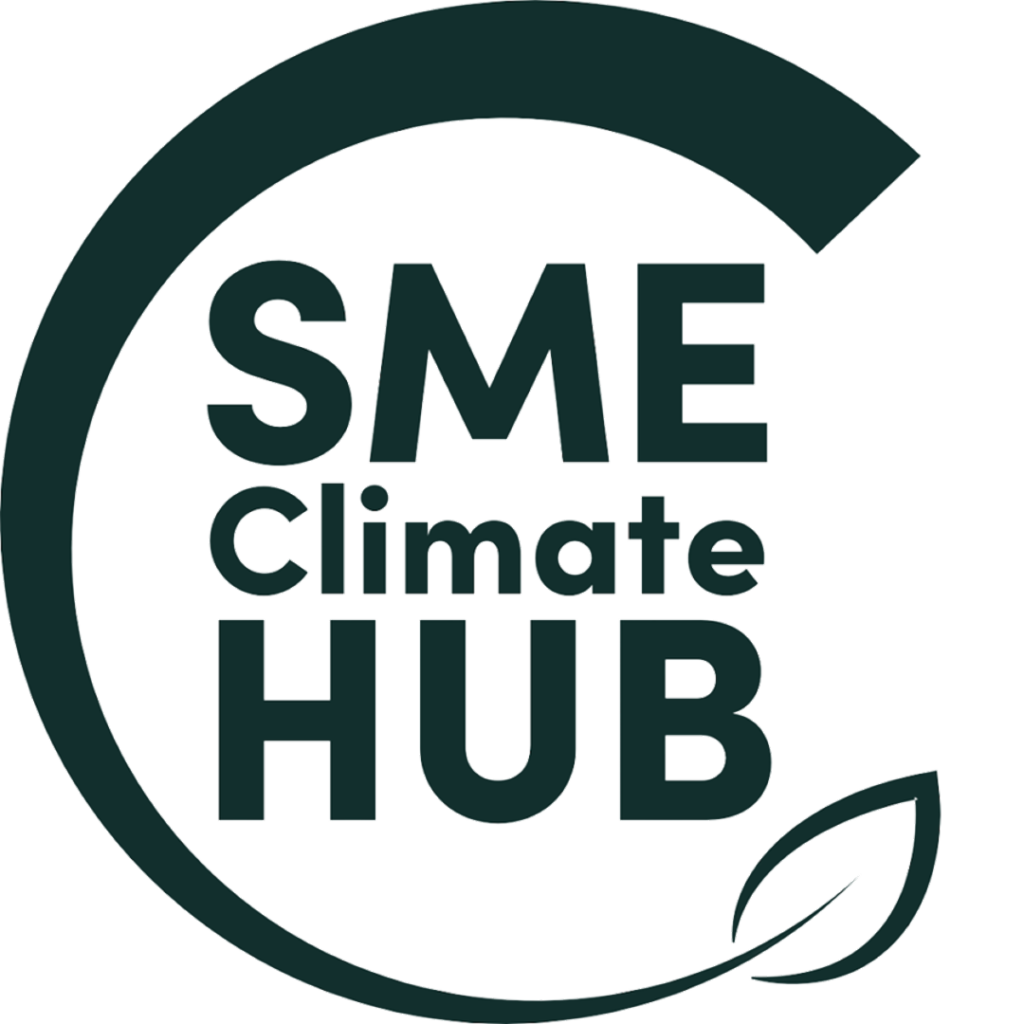Climate Issues Lost Momentum in the 2024 EU Elections
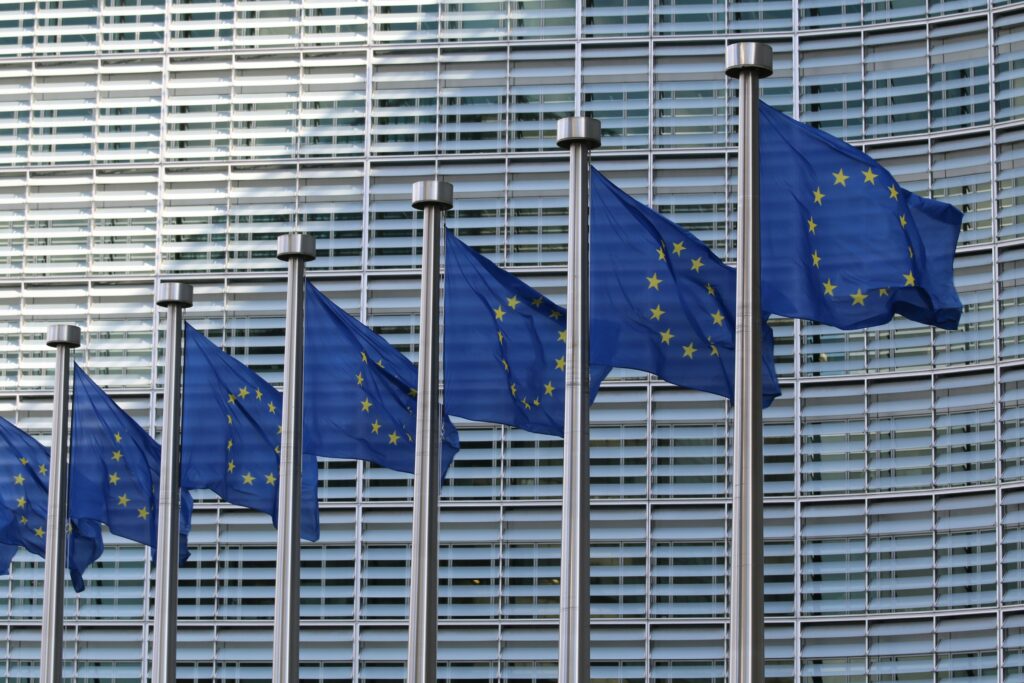
In addition to being sidelined in the current campaign, climate and environmental issues seem particularly prone to political polarization: ambitious measures require trust in scientific institutions, international coordination, and a holistic approach to take into consideration social and economic pain points – otherwise, we can foresee climate policy becoming the scapegoat for other major crises like the rising cost of living or rising unemployment.
Understanding Environmental Product Declarations (EPDs): A Quick Guide
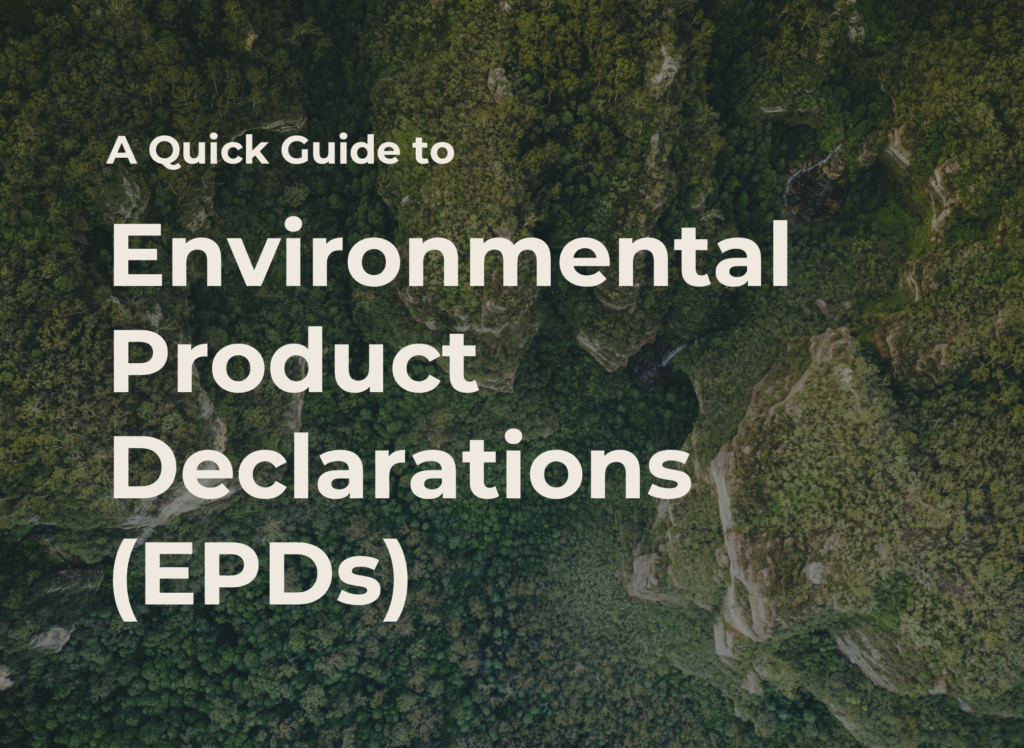
Environmental Product Declarations (EPDs) serve as a crucial tool for businesses, consumers, and policymakers.
It offers a holistic perspective, examining the environmental repercussions.
Environmental Impact Indicators Explained

“Global warming expressed in CO2e” – ever read an environmental report and wondered what these impact indicators actually mean? This article introduces you to the most common EII which you to might encounter when reading an extrafinancial disclosure or preparing your first life cycle assessment!
Life Cycle Assessment (LCA) for dummies

Life Cycle Assessment (LCA) is a methodology used to evaluate the environmental impacts of a product or service throughout its entire life cycle including raw material extraction, production, distribution/transportation, use/operation, and end-of-life management.
It offers a holistic perspective, examining the environmental repercussions.
CSRD: Europe leads the way for ESG reporting

Great news from the EU: The Corporate Sustainability Reporting Directive (CSRD) promotes increased transparency and harmonized disclosure for sustainability information in financial reports. Broadening the Non-Financial Reporting Directive’s scope, CSRD introduces double materiality and standardized reporting, which will be progressively implemented between 2025-2029.
Business- & Environmental Case for a Repaircenter

Repairing products in the electronics industry, is it possible to make repairing both environmentally and economically viable? A concrete example
What does industrial decarbonization look like?
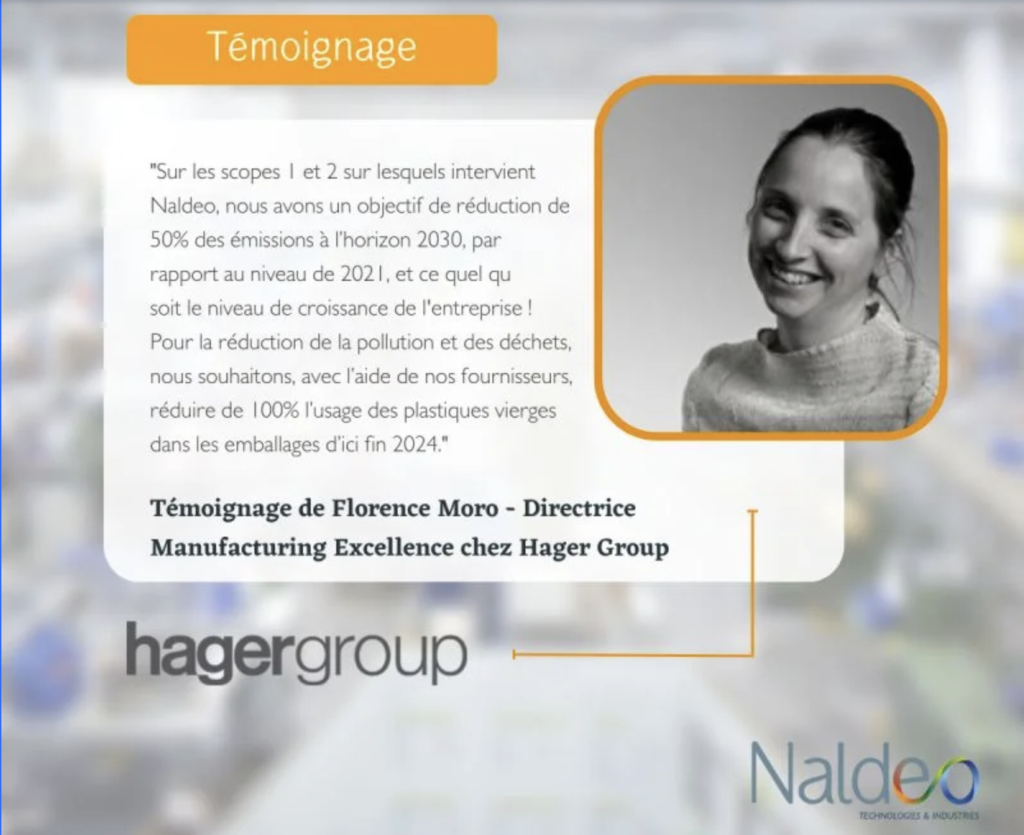
Hager Group, advised by eolos, is working towards manufacturing eco-responsibility. By involving plant energy managers and implementing improvements, they reduced CO2 emissions by 1% in Q3 2022, eliminated 200 tons of non-recycled plastic packaging, and aim for 100% sustainable packaging by 2024.
Circular Economy in Nachhaltigkeitsberichts- erstattung (CSRD)
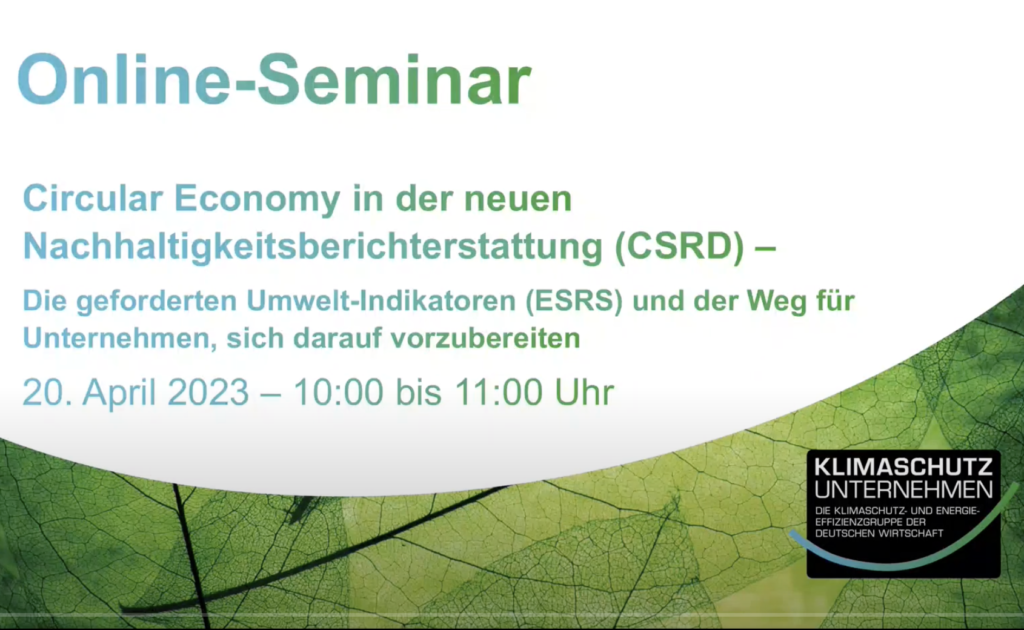
Circular Economy in der neuen
Nachhaltigkeitsberichterstattung (CSRD)& die geforderten Umwelt-Indikatoren (ESRS)
The role of industries in climate change mitigation
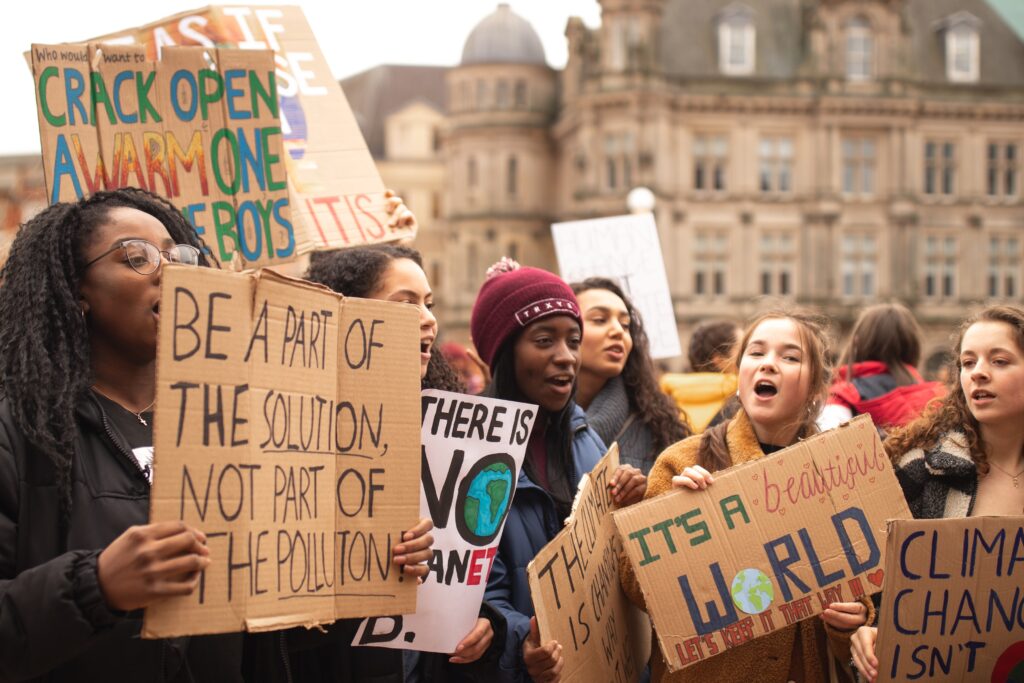
The IPCC report underscores rising greenhouse gas emissions, mainly from industry. Declining low-emission technology costs and increased usage aid mitigation of climate change. Decarbonization, sustainable options, international cooperation, and policy implementation are vital for a net-zero industry and climate resilience.
Les mots de l’engagement climatique : on parle de quoi?

S’exprimer malgré un vocabulaire mouvant et construire un consensus sémantique entre les milieux. Les préoccupations environnementales se font plus pressantes et les entreprises et gouvernements sont encouragées à déclarer leurs objectifs d’émissions de gaz à effet de serre.


